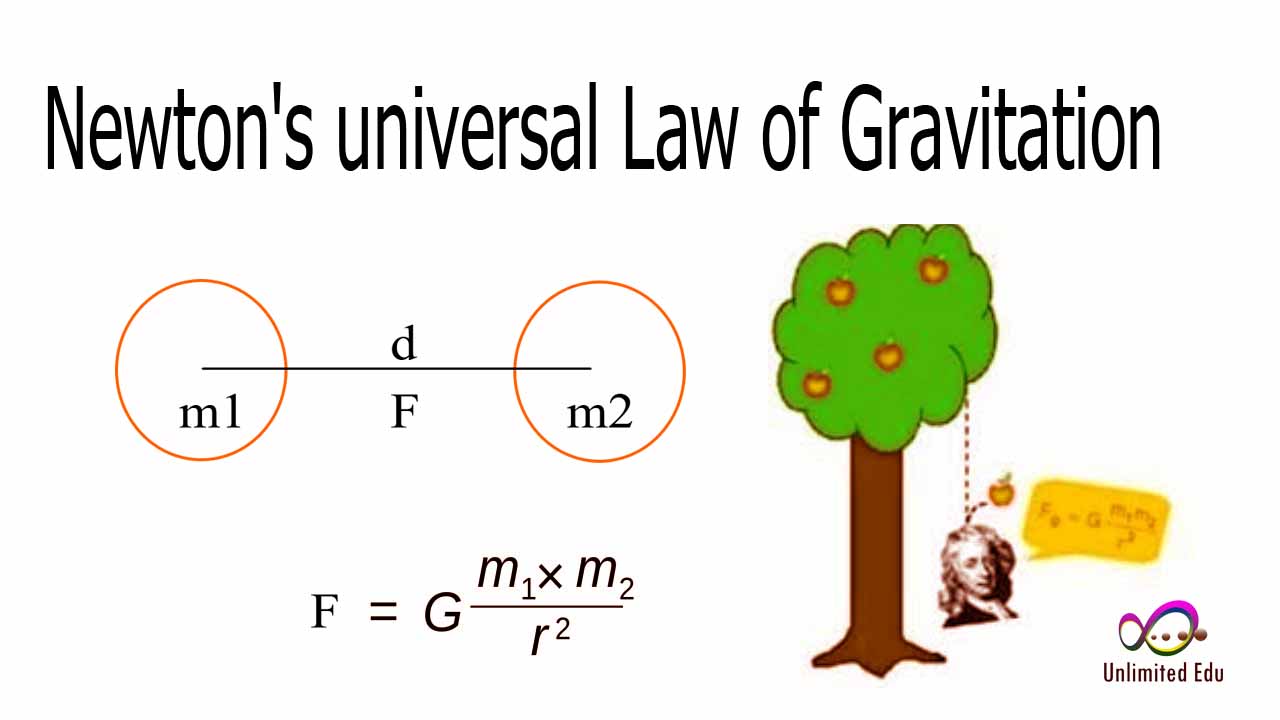The universe is a complex tapestry woven together by various forces, with gravity being one of the most powerful and essential among them. It governs the motion of celestial bodies, influences the flow of time, and plays a crucial role in the structure of our universe. Understanding the intricacies of gravitational force not only helps us comprehend the cosmos but also opens doors to numerous scientific inquiries. Among these inquiries, one question stands out: which change will always result in an increase in the gravitational force? This article dives into the depths of gravitational force and explores the factors that influence it.
To answer this question, we will examine the fundamental principles underlying gravitational attraction, discuss the equation formulated by Sir Isaac Newton, and analyze the impact of mass and distance. By delving into these aspects, we aim to shed light on the constants that govern gravitational interactions. Additionally, we will explore real-world examples and scientific principles that illustrate how changes in mass and distance can significantly affect gravitational force.
As we journey through this exploration, we will address common misconceptions, clarify scientific theories, and provide insights into the broader implications of gravitational force on our lives. Join us as we unravel the mysteries of gravity and seek to answer the pivotal question: which change will always result in an increase in the gravitational force?
What is Gravitational Force?
Gravitational force is the attractive force that exists between any two objects with mass. It is one of the four fundamental forces of nature, alongside electromagnetism, the weak nuclear force, and the strong nuclear force. The concept of gravity has fascinated scientists and philosophers for centuries, leading to groundbreaking theories and discoveries that have shaped our understanding of the universe.
How Does Mass Affect Gravitational Force?
According to Newton's law of universal gravitation, the gravitational force between two objects is directly proportional to the product of their masses. This means that as the mass of either object increases, the gravitational force between them also increases. Therefore, if we want to know which change will always result in an increase in gravitational force, we can confidently say that increasing the mass of one or both objects will lead to a stronger gravitational pull.
What is the Gravitational Force Formula?
The gravitational force can be calculated using the following formula:
F = G * (m1 * m2) / r²
Where:
- F is the gravitational force between two objects
- G is the gravitational constant (approximately 6.674 × 10⁻¹¹ N(m/kg)²)
- m1 and m2 are the masses of the two objects
- r is the distance between the centers of the two objects
How Does Distance Impact Gravitational Force?
While mass plays a crucial role in determining gravitational force, distance is equally significant. According to the formula, the gravitational force is inversely proportional to the square of the distance between the two objects. This means that as the distance increases, the gravitational force decreases dramatically. Thus, reducing the distance between two masses will also increase the gravitational force between them.
What Happens When Both Mass and Distance Change?
In scenarios where both mass and distance are altered, the net effect on gravitational force can be complex. If the mass of one object increases while the distance decreases, the gravitational force can increase significantly. Conversely, if the distance increases at a faster rate than the mass increases, the gravitational force may weaken. Therefore, to determine which change will always result in an increase in gravitational force, focusing solely on mass increases provides a clearer answer.
Real-World Applications of Gravitational Force
Gravitational force is not just a theoretical concept; it has real-world applications in various fields, including astronomy, engineering, and even health sciences. Here are a few examples:
- Understanding the orbits of planets and moons.
- Designing satellites and space missions.
- Investigating the effects of gravity on human health in space.
How Does Gravity Affect Everyday Life?
Gravity influences our daily lives in numerous ways. From keeping our feet planted firmly on the ground to controlling the flow of water in rivers and oceans, gravitational force plays a vital role in maintaining the balance of our environment. Awareness of gravitational forces can also enhance our understanding of sports, transportation, and even cooking!
Conclusion: Which Change Will Always Result in an Increase in Gravitational Force?
In summary, our exploration of gravitational force has led us to a clear conclusion: the change that will always result in an increase in the gravitational force is an increase in mass. While distance also plays a significant role, altering mass directly correlates with the strength of the gravitational attraction between two objects. By grasping this fundamental principle, we can better appreciate the forces that shape our universe and how they impact our daily lives.


